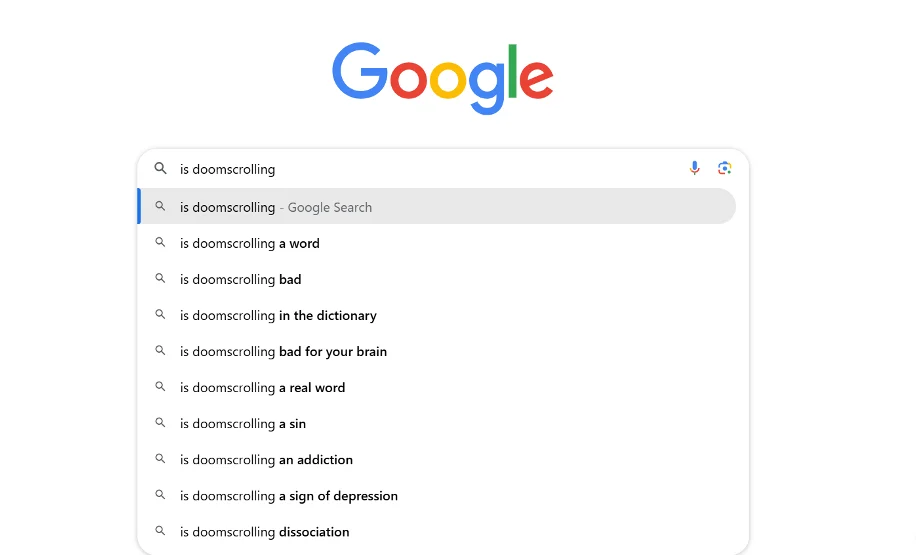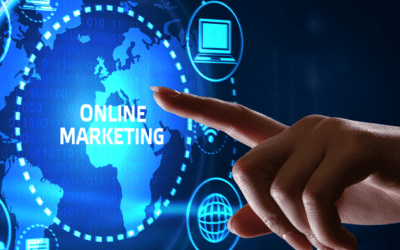Gen Z. A self-aware generation with entrepreneurial fervor and a deep-rooted connection to technology. We’re a lively bunch, eager to forge our own paths and set new trends for living our best lives. One of those trends is leaving behind the apps that have shaped our youth and saying goodbye for good to scrolling social media.
Most of us Gen Zers grew up with social media at our fingertips. Some even believe that the ‘Z’ in the name stands for “zoomer” because it’s the “first generation known to ‘zoom’ the internet.” Social media platforms like TikTok, Instagram, and X were created during our lifetime, and most of us have never known life without them. But surprisingly, we’re not the most active demographic on social media anymore. Millennials have assumed that crown, and with the increasing number of Zoomers leaving social media, its excessive use is starting to become uncool.
Let’s explore a couple of reasons why Zoomers, including myself, are pressing delete forever.
The Dopamine Trap
Doomscrolling is a popular term coined by Gen Z to describe the incessant and mindless loop of browsing social media endlessly. One hour of scrolling turns into four, and suddenly, you’ve wasted your whole day.

Google’s autocomplete suggestions for “is doomscrolling…” share a similar sentiment, with popular results questioning whether the habit is bad, an addiction, a sign of depression, or even a sin. These popularly searched questions reveal that this behavior concerns users everywhere. Why is it so easy to get caught in the loop of scrolling to our heart’s content?
Dopamine Overload
Every time you scroll on apps like TikTok, Instagram, and X, your algorithm is busy at work feeding you content specifically curated for you (hence TikTok’s infamous “For You” page). As you scroll, “happy hormones” known as dopamine are released in your brain as you view content tailored to what you enjoy interacting with. Dopamine not only works to provide feelings of satisfaction but also helps to reduce feelings of sadness and anxiety. While scrolling was once seen as an entertaining pastime, young users are now waking up and realizing that scrolling is what they rely on when they’re feeling emotions such as boredom, happiness, sadness, or anger.
Dopamine is also at work anytime someone likes, follows, or comments on a post you’ve made. When you get the notification, the reward system in your brain releases a shot of dopamine, resulting in feelings of pleasure and leaving you craving more.
Incessant scrolling provides too much dopamine. As a result, attention spans are decreasing; views, likes, and follows are providing a false sense of validation; impulse control is not developing normally; delayed gratification skills are weakening; and scrolling addictions are becoming common. While some Gen Zers still choose to hold on to social media by doing the occasional “dopamine detox” to cleanse and reset the brain, others feel it is necessary to delete the apps to eliminate all the unwanted, negative side effects of social media.
Goodbye Parasocial Relationships, Hello Real Friends
Sooo… We’ve deleted the apps. Now what?
Now that many Zoomers have gone cold turkey and deleted social media, what are we doing instead?
Disconnecting from social media has opened the door for enriching conversations, new bonds, and refreshing face-to-face interactions. We’re ditching superficial, parasocial relationships with people we’ve only interacted with on a screen, and exploring the risk and reward of real-life friendships. No wonder Gen Z is dumping dating apps too. About 80% of Gen Zers are “forgoing regular dating app usage and instead opting for in-person interactions.”
Finding Third Places
The term “third place” was created by sociologist Ray Oldenburg, describing “neutral locations that facilitate social interaction and community building.” It’s neither your home (first place) nor your work (second place), but a third place where you can find fellowship and connection. While some believe third places are dying, the contrary is true for Gen Zers. Third places are beginning to thrive again with Gen Z’s growing interest in finding places to meet, from coffee shops to community centers to churches. Church membership has been on the decline since 2018, but since February 2025, there’s been an increase in Zoomers coming to faith and attending church. I have personally witnessed this recent growth as the number of Zoomers in my church seems to skyrocket each week. This growing desire for community reflects a bigger message: Gen Z is longing for more face-to-face time rather than screen time.
Touching Grass
There’s a fun phrase popularized by Gen Z, “go touch grass,” which means (I’m going to…) get off the phone and go spend time in the real world. Gen Z is doing exactly this. “Silent walking” means getting outside with no distractions or electronics, and is now my frequent pastime with friends. Zoomers are spending more money on camping than other generations. And 67% of young people would call themselves ‘outdoorsy.’ Gen Z is finding that the grass is indeed green, and it feels far more satisfying on our fingertips than scrolling.
What Does This Mean for the Marketing and Communications Industry?
This mass exodus from social media can teach all generations something about finding balance, joy, and connection. But what’s the takeaway for those who work in industries heavily intertwined with the social media realm?
As a Gen Zer who works in marketing and communications, and has left most social platforms, I’ve found that it’s important to maintain a good level of social media hygiene outside of work. If giving up all social media doesn’t exactly sound like your cup of tea, it’s smart to have healthy social media habits to avoid burnout. For those in this industry, keep in mind the negative and addictive impact of algorithms can help us view analytics less through logic and more with empathy and gratitude. Your analytics aren’t just numbers. Behind the numbers are real people interacting with content.
So let this be your little reminder to rethink your social media habits and go touch some grass.














